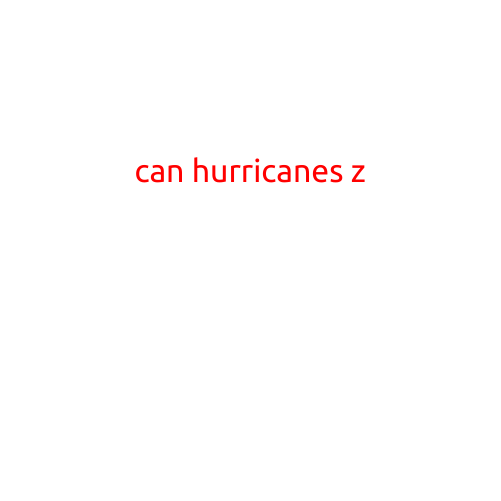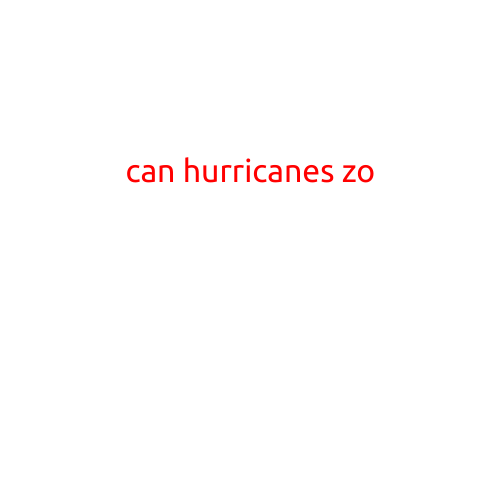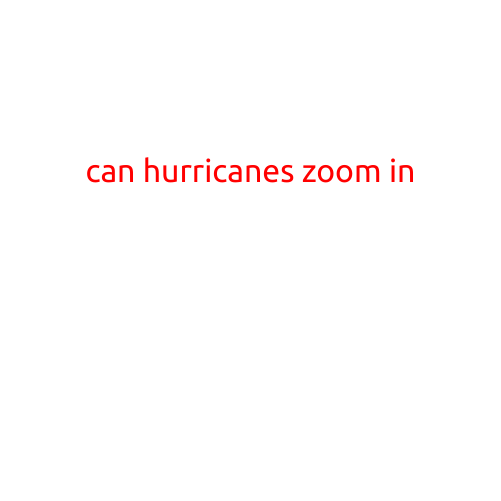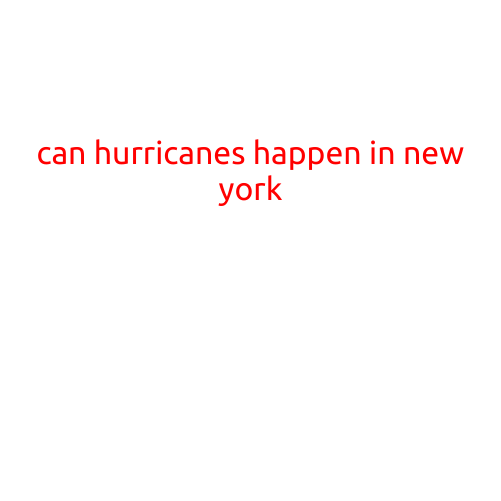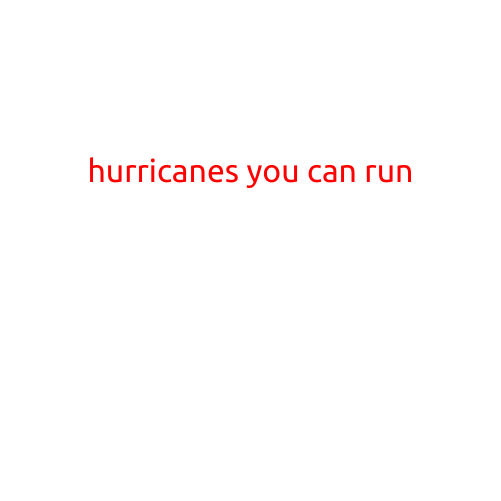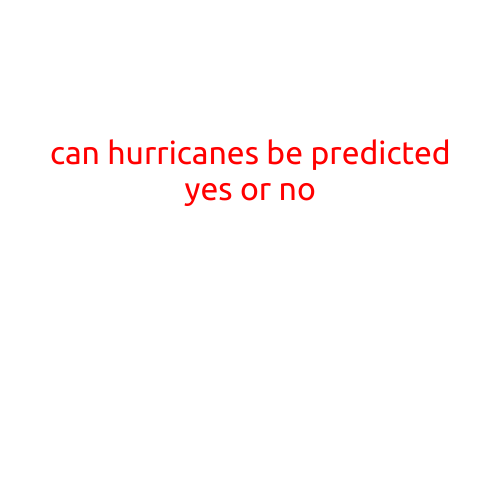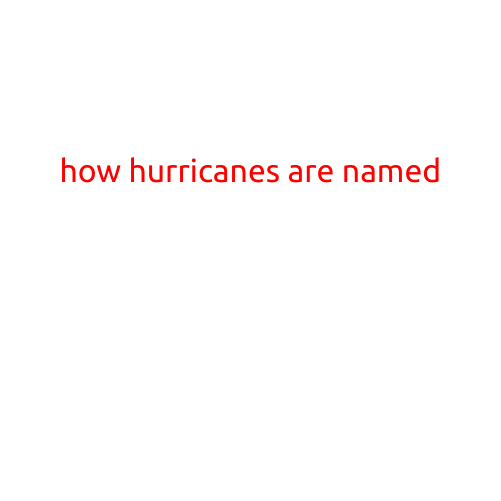
How Hurricanes Are Named
Hurricanes, powerful storm systems that form over warm ocean waters, have a tendency to capture our attention and imagination. Their intense winds, heavy rainfall, and storm surges can be catastrophic, leaving a trail of destruction and chaos in their wake. But have you ever wondered how these powerful storms get their names?
The process of naming hurricanes is a system developed by meteorologists to help identify and track these powerful storms. In this article, we’ll take a closer look at the history of hurricane naming and explore how the names are chosen and organized.
History of Hurricane Naming
The practice of naming hurricanes dates back to the 19th century, when storms were simply referred to as “hurricanes” or “typhoons” regardless of their location or severity. However, as storms began to make landfall and cause significant damage, the need for a more organized naming system became apparent.
In the early 20th century, meteorologists began using the phonetic pronunciation of letters and numbers to identify storms. For example, a storm might be referred to as “A” or “Alpha” or “12-B”. While this system was effective, it was limited and didn’t provide a clear and concise way to identify storms.
The Modern Naming System
In the 1950s and 1960s, meteorologists began to develop a more comprehensive naming system. The system used a list of names, which were assigned to storms in alphabetical order. The list of names was developed to ensure that:
- The same list of names was used globally, to facilitate international coordination and communication
- The names were easy to remember and pronounce
- The names were not associated with any particular culture or language
The first list of names was developed by the National Hurricane Center (NHC), which is responsible for forecasting and tracking hurricanes in the Atlantic Basin. The list of names is recycled every six years, with the exception of those names that are retired due to the severity of damage caused by the storm.
How Names Are Chosen
The process of choosing names for hurricanes is a collaborative effort between the NHC and the World Meteorological Organization (WMO). Each year, the WMO solicits a list of 21 names from countries around the world, which are then used to name storms in the Atlantic Basin.
The names are chosen based on the following criteria:
- The names should be easy to pronounce and remember
- The names should not have a negative connotation or be associated with any particular culture or language
- The names should not be too similar to existing names or be easily confused with other names
Retired Names
In addition to the list of names, the NHC also keeps a list of retired names. These names are removed from the list due to the severity of damage caused by the storm. For example, Hurricane Katrina, which devastated the Gulf Coast in 2005, is no longer included on the list of names.
Conclusion
Naming hurricanes may seem like a simple task, but it’s a crucial part of the process of tracking and predicting these powerful storms. By assigning a name to a storm, meteorologists can communicate effectively with the public, media, and emergency management officials, which can help to save lives and reduce the impact of storms.
Whether you’re a resident of a hurricane-prone area or simply interested in weather and storms, understanding the process of naming hurricanes can help you better prepare for and respond to these powerful storms. So next time a hurricane is forecast to make landfall, remember that the name you hear is more than just a label – it’s a symbol of the power and drama of these natural phenomena.
